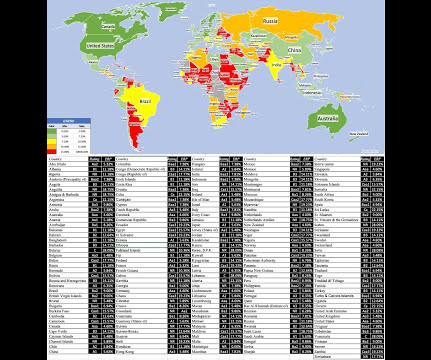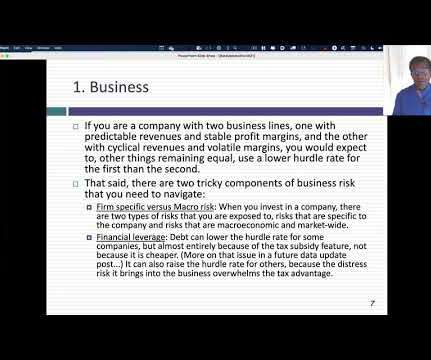Discount Rate—Explanation, Definition and Examples
Valutico
FEBRUARY 27, 2024
Capital Asset Pricing Model (CAPM): According to CAPM, the expected return on a stock has two main components: the risk-free rate and a risk premium. The risk-free rate represents the return an investor can get without taking on any risk, typically derived from government bonds.













Let's personalize your content